Interview with Jana Kupčáková: Finding Art in the Wild Urban Jungle
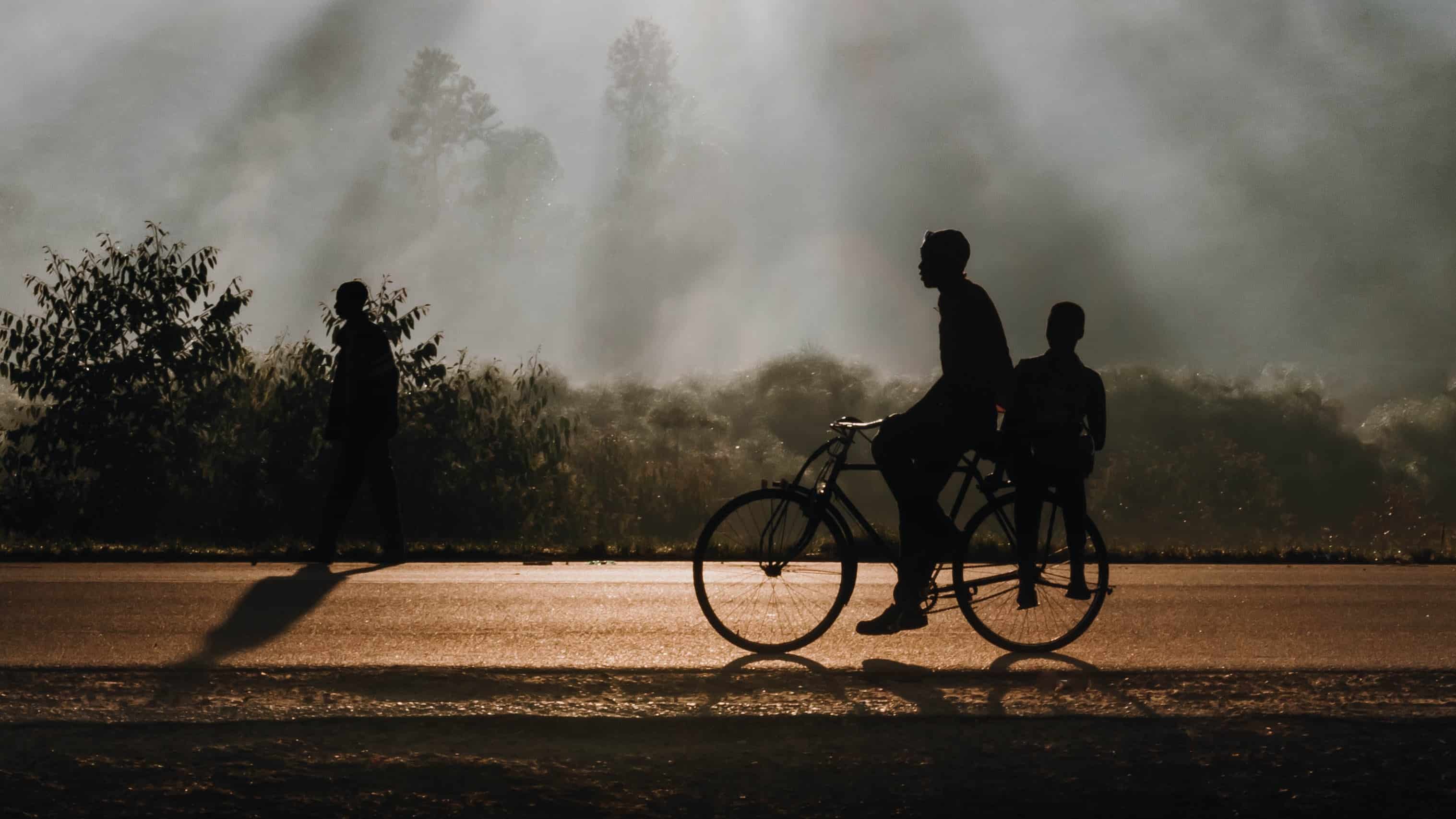
Jana Kupčáková’s photography regularly appears in exhibits and art festivals around the world, including in New York and Paris. She focuses on humanistic themes, especially in her street photography. Her photographs capture everyday stories from ordinary life and the details that surround us.
Her work has been published in such places as Women Street Photographers, Photographize 100 Best Selected 2021. In her first interview with us, we spoke about travel and Jana gave us tips for better travel photos. This time, we interviewed her about street photography.
Jana, you mainly do street photography. Why did you choose this genre? What attracted you most to street photography?
In a word, “authenticity.” As a student, humanistic photography appealed to me the most. I have always loved the ease with which post-war photographers were able to capture everyday scenes and document the times they were living in. It truly fascinated me. These were photographs that touched the soul. Of course, it took time and experience before I could attempt to do something similar. But whatever genre I tried, my love of street photography prevailed. The more artificial our world is today, the stronger my love is 😊.
Much of your street photography includes a striking contrast between colors and their environment. Does this contrast have a deeper meaning or message?
I wish I could say it does, but I’m afraid it’s nothing more than my way of seeing things. I think my work reflects my optimistic nature, which makes me see the world in brighter colors and brighter light, in addition to my strong sense of aesthetics.
Your photos are very unique in terms of composition. Are there composition rules you strictly follow, or is composition a matter of how you feel?
For me, it’s mainly a matter of how I feel. Even though my beginnings as a photographer weren’t great, I remember that I always chose my composition intuitively. When I attended my first lecture on composition, I discovered I was already subconsciously following many of the rules discussed without having heard of them before. But of course, even this intuition is honed and refined with time.
My next question is also related to composition. I’ve noticed that a lot of your photos include symmetrical lines. It all seems very precise, technical even. What is your relationship to geometry/symmetry?
Geometry was certainly not my strong suit in school, or even a hobby. I’m not a technical person and it’s funny that my photography gives that impression. But the truth is, I don’t like chaos in my photography. Life on the street is chaotic enough on its own, and each time we walk through a city, we are surrounded by an array of senses and subjects that can be distracting to many. I enjoy looking for art in this wild, urban jungle. The different micro stories, noticing the little details that most people overlook. I try to simplify the world in some way for my viewers and make it visible. Then, maybe they will start noticing the little beautiful things that surround us each and every day.
Some of your photographs have an almost minimalistic feel. Do you consider yourself a minimalist? Or is minimalism in photography close to your heart?
I certainly don’t consider myself a true minimalist, but minimalism in photography is close to my heart. In fact, I only photograph what strikes me in a given place without thinking about a particular genre or method. Sometimes it’s the stories and expressions that catch my eye. Other times it’s just interesting lights and colors. It depends on the place and situation.
In many countries, cultural traditions and roots are reflected in the people. Then, of course, it is much easier to photograph these typical scenes, especially if I can relate to them. No old man in a hat sipping espresso in a narrow Italian street reading the newspaper will get away from me 😊. In Czechia, it doesn’t work this way and that’s probably why I tend to gravitate toward more artistic photography and minimalism when wandering the streets of Prague.

“I want my photography to tell stories, preserve memories, and show life as I see it.”
Do your photographs come to you spontaneously, or do you say to yourself: “Yes, here are some great lines, now let’s add someone passing by, and then you wait for a person to walk by?
I’d say it’s like 80/20 😊. The vast majority of my photos are taken on the fly, like snapshots I capture while I’m out on a walk. They are often taken very quickly and without much thought, more instinctively. But sometimes I see an interesting scene in terms of light, an interesting place, and if I have the time and desire, I will wait for the right photo. I probably practice this method most often in workshops, where you can’t run around with students all the time hoping you’ll stumble upon a photo-worthy situation. If everyone has time to register what’s happening, I consider it a bonus. When teaching, I need time to explain, demonstrate, and give all my students space to try out a certain shot. “Staking out” the perfect photo in a particular place is the most convenient and practical way of teaching for me, and it is much more enjoyable for the students too.
Is there a particular reason you like to portray people as silhouettes? For example, for a certain level of anonymity, or is it purely for aesthetic reasons?
I think it’s both, depending on the situation. For me, people are the most important element in the scene. They add the story. Without them, the photograph doesn’t have the right level of depth. Each story requires a different approach, a different method. I’m sure aesthetics play a part. Apart from photography, I also like to paint, so I think this aspect of my creative side is also reflected in my photography. I see pictures everywhere I look 😊.
Much of your street photography comes from different parts of the world. Is there a particular place you’d like to visit? From a street photographer’s perspective, which place appeals to you most?
I don’t usually think about new destinations like that. When I travel to a country, it’s mainly to explore and photography is more or less a byproduct of that. For specifically photography purposes, I only go to places I know well where I don’t have to break in my travel shoes and can devote myself fully to photography. I don’t have a dream destination where I want to go for street photography. But I do love returning to old Italian towns and I’d love to go back to New York again someday. This time, I’ll skip the sights and the museums and only do street photography 😊.
Did you ever have any problems during a shoot? For example, someone that was upset that you took their picture on the street or do you usually ask for permission?
I haven’t run into any problems so far, at least not ones that have stuck in my mind. On the contrary, people’s reactions are mostly positive, if they register the camera at all. I usually try to do the opposite, because I’m all about capturing an authentic moment that would of course be lost if I stopped to ask for permission.
Now, on a slightly more technical note. What lenses do you use and why? Do you have a favorite lens brand?
When it comes to street photography, I mainly shoot on prime and fast glass. For many years, I shot on a 50mm lens, then switched to 35mm for a while, and now that Nikon has come out with a new lightweight 40mm f/2, I bought that. For me, compactness and traveling light is most important. Prime lenses allow me to see the world in one set way, without getting distracted by other focal lengths while zooming.
What advice would you give to our readers who want to get started with street photography?
First, think carefully about what draws you to this type of photography and why. I think that you should try everything and gain experience on your photography journey. Try a bit of everything and gain experience in all possible genres. But in the end, stick to what appeals to you most and makes you happy. As long as you do things with love and joy and find them fulfilling, then anything will work, no matter how long the road to the goal may be.
Jana Kupčáková
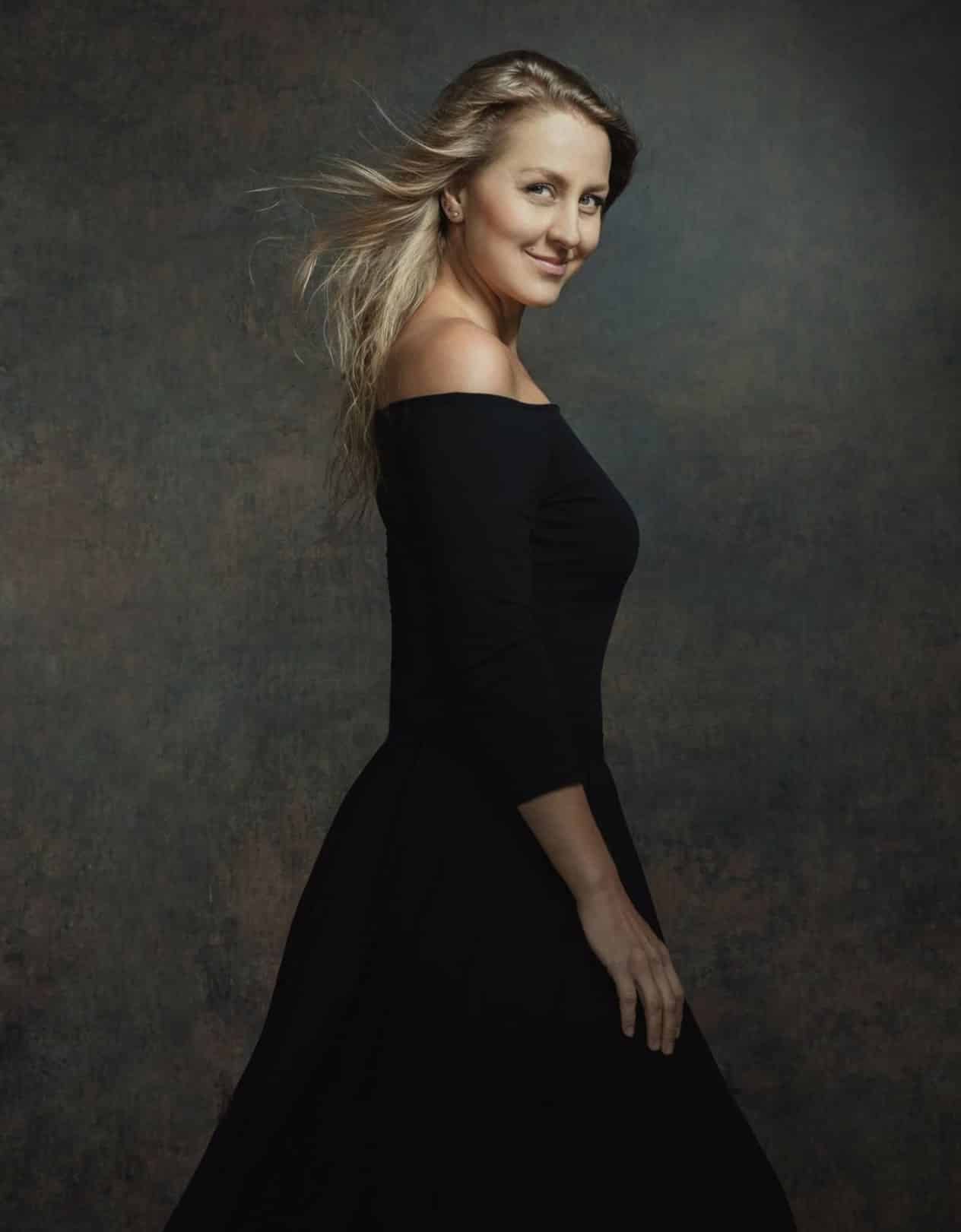
Jana Kupčáková studied economics at The Czech University of Life Sciences (ČZU) in Prague. Photography was initially just a hobby but became an integral part of her life. Jana observes the world in her own optimistic way which is reflected in her work. She focuses mainly on humanistic themes. She captures moments from everyday life in the form of street photography. Her goal is to perceive the uniqueness and authenticity of a given moment.
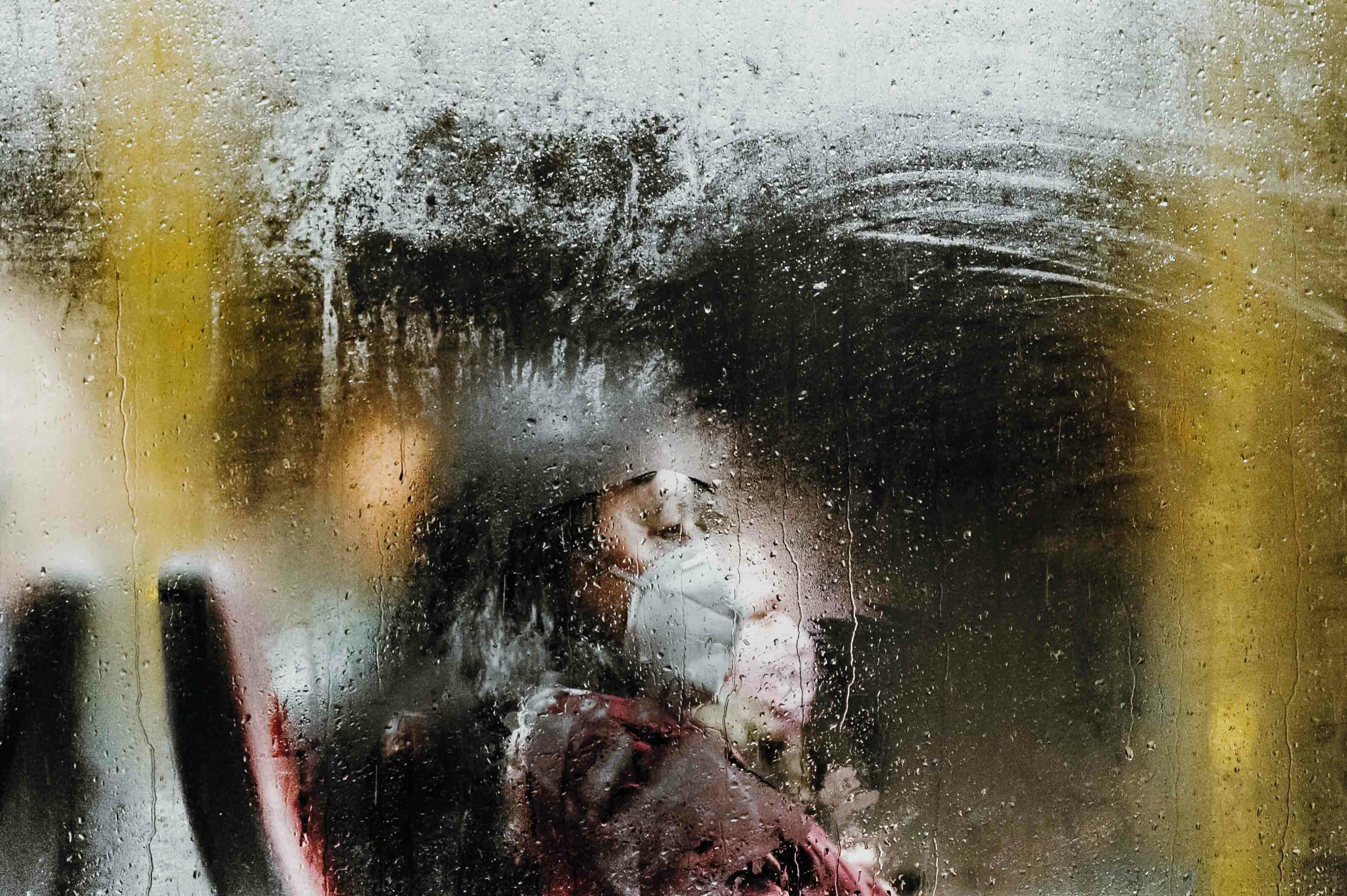

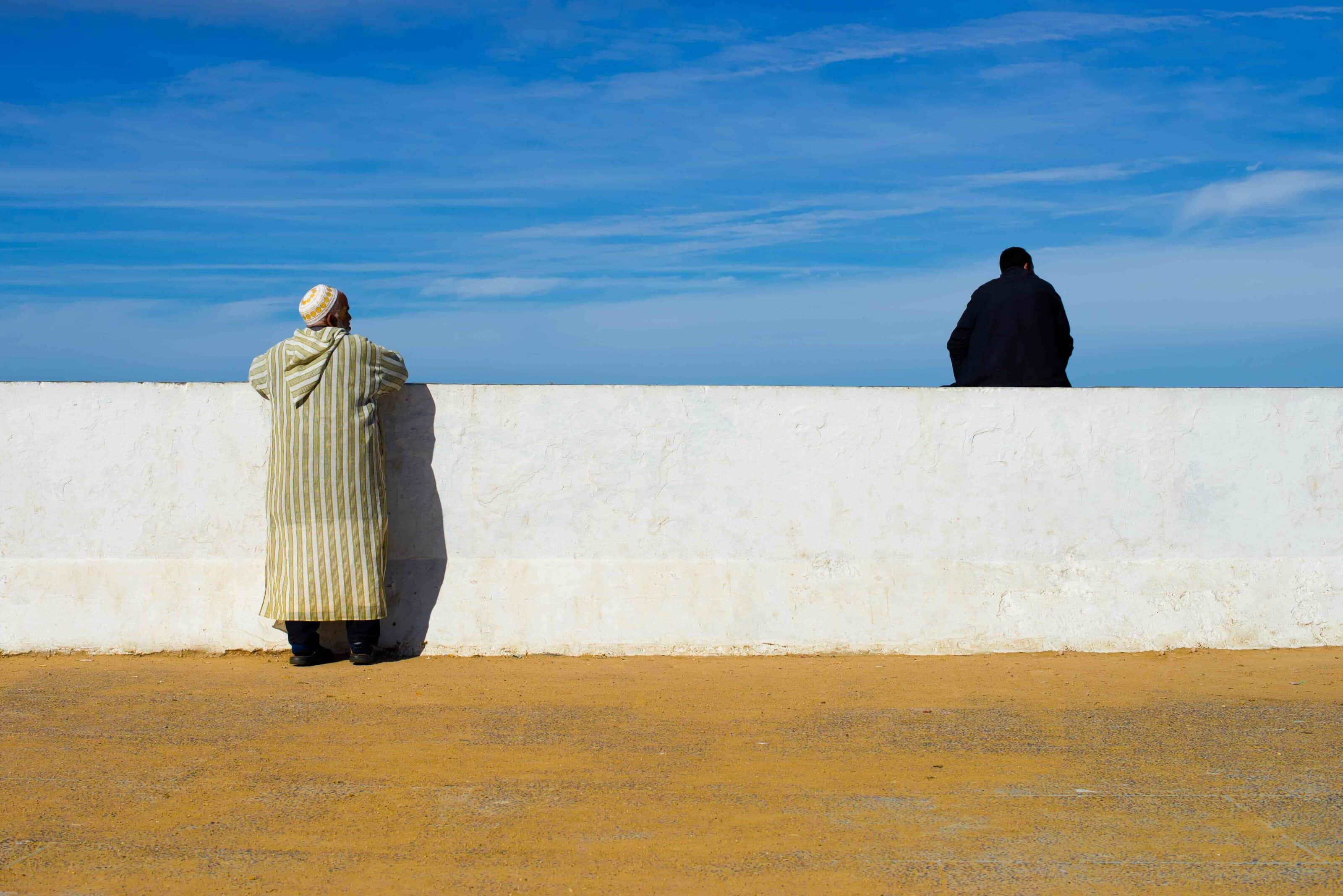
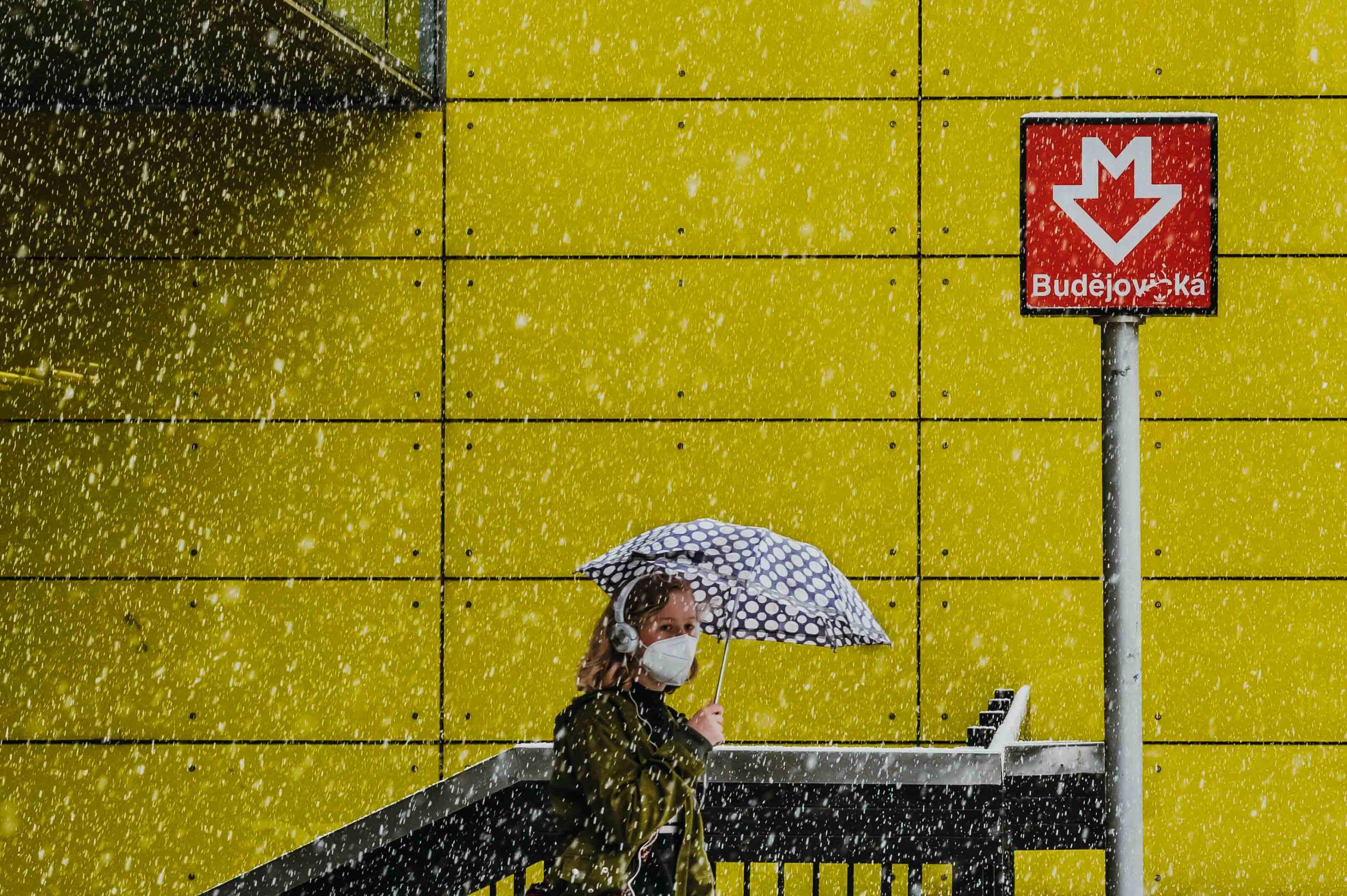
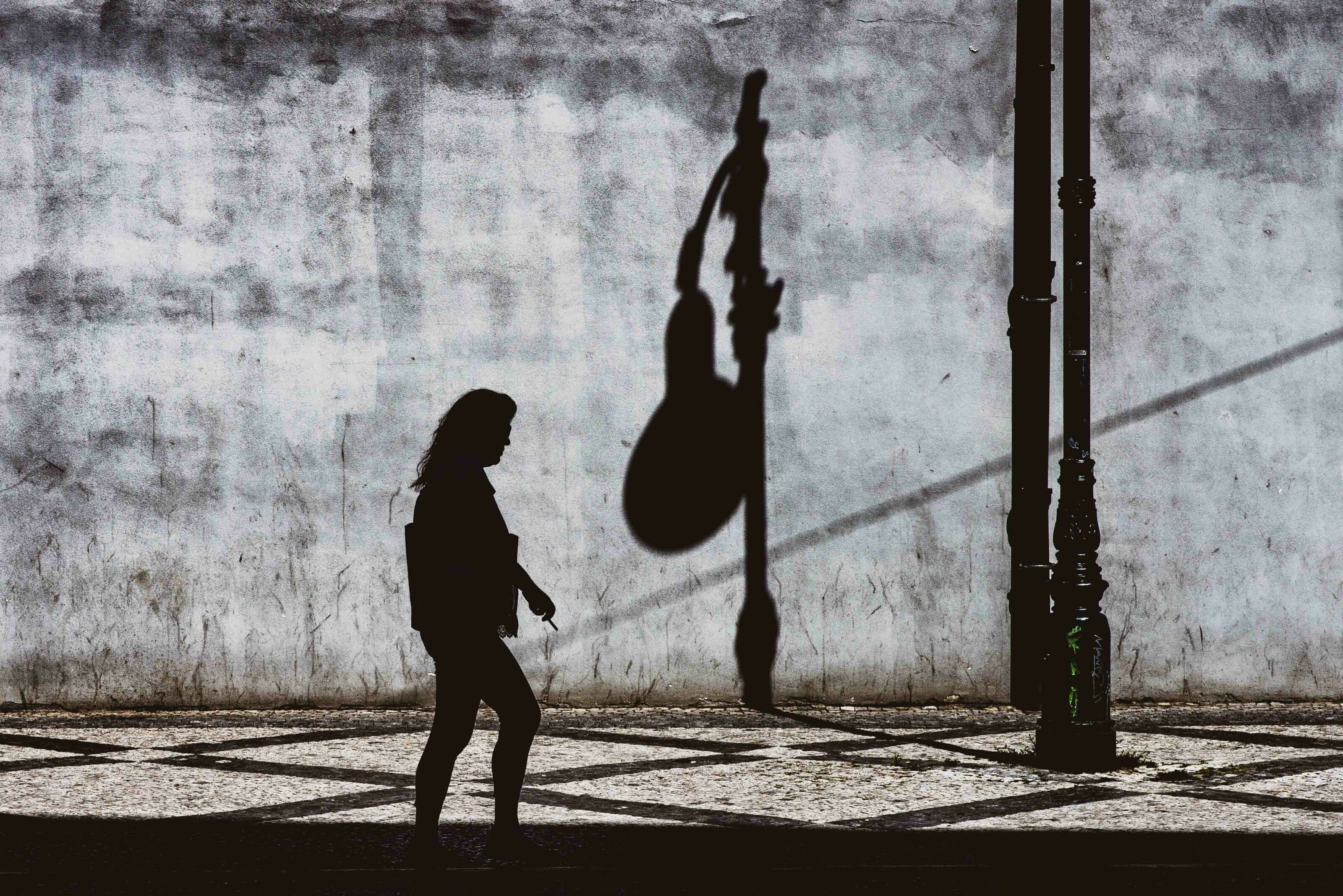
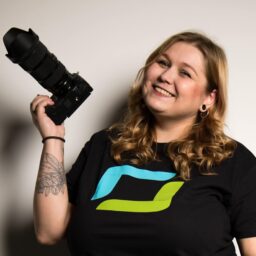
There are no comments yet.